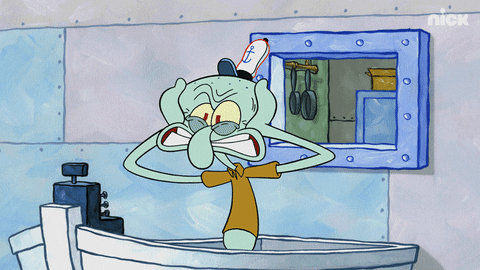
I am getting REALLY frustrated trying to polish my Lexan fins. I scratched them up pretty good early on, not realizing how soft polycarbonate is. While I could use them like that, I figured it ought to be possible to clean them up using some readily available product.
I started with 2000 grit sandpaper, followed by 3000 grit, followed by the full 3-step NOVUS plastic polishing system (multiple times), followed by multiple applications of Mother's plastic polish. My results:

That's a scratchy one on the left, "polished" one on the right. Certainly I adjusted the lighting to make it look as bad as possible. In real life it's not that terrible, but still definitely foggy.
Can't figure out what I'm doing wrong, or what I could do to fix it. Anyone have any suggestions? I'm spending many dollars on products to fix this and none of them are doing anything helpful for me. Was 3000 grit -> NOVUS polish too big of a jump? Do I nee to add a 5000 grit step in there or something? Should I try a headlight restoration kit?
At this rate this is going to hold up completion of the build. I need to do all the hard buffing work before the fins are installed.







